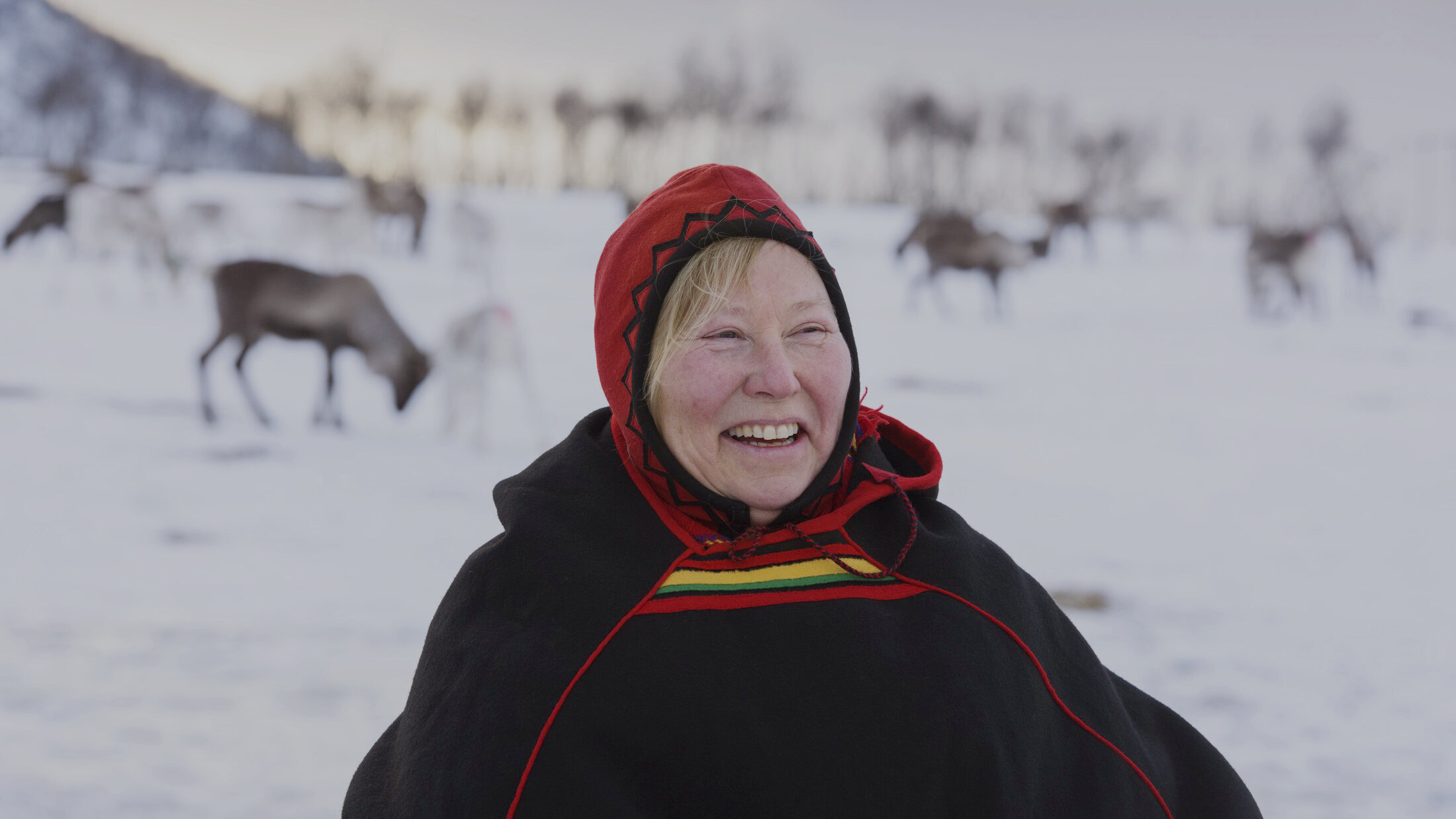Sami People of the North
Photo by CH/ Visit Norway
Lihkku beivviin!
(Happy birthday in Sami)
Today is the national day for the Sámi, the indigenous people of Norway, Sweden and Finland. February 6th marks the first Sámi congress which was held in 1917.
There are about 40.000 samis in Norway, 17.000 in Sweden and 7000 in Finland.
Photo: Terje Rakke / Visit Norway
Saemieh, the reindeerpeople
The Sami's language, traditional clothing, handicraft, and music, are distinctively different from other ethnic groups in Scandinavia.
The origin of the Sami is obscure; some scholars include them among the Paleo-SIberian peoples; others maintain that they were alpine and came from central Europe.
Traditionally, most Sami people have supported themselves through fishing, livestock farming and hunting. But the Sami people are most known for their reindeer. Many Sami people in Norway make their living from herding reindeer, and the majority of the region of Northern Norway is used for raising reindeer. There’s almost no part of the reindeer that is not of use to the Sami people; the meat is dried and preserved, the fur and leather sown into warm clothes and shoes, and other parts of the reindeer is transformed into instruments, beautiful art and useful tools. Sami people value their heritage and keep their traditions alive by passing them on to younger generations. However, no Sami people today live a completely traditional life, and everyday life of many indigenous Sami people is intertwined with modern life.
Forbidden language
The Scandinavian countries periodically tried to assimilate the Sami, and the use of the Sami languages in schools and public life was long forbidden. In the second half of the 20th century, however, attention was drawn to the problems of the Sami minority, which became more assertive in efforts to maintain its traditional society and culture through the use of Sami in schools and the protection of reindeer pastures.
Both the Sami and the Kven are distinct from modern Scandinavians in their eastern facial look - specifically their narrow eyes - which is possibly an adaptation to extreme cold. They are distinct from Scandinavians in that they maintain the eastern facial look that is an adaptation to extreme cold.
The Joik - singing a soul
Sami culture has many unique forms of expression. Joik, one of the oldest song traditions in Europe, is alive and well. A joik is dedicated to a person, an animal or a place, and the harmonies reproduce the qualities of the object of the song. Its like singing the soul of a person!
Ending with one little fact about one Sami word that has made it into several of the major languages of this world, that word is Tundra!



